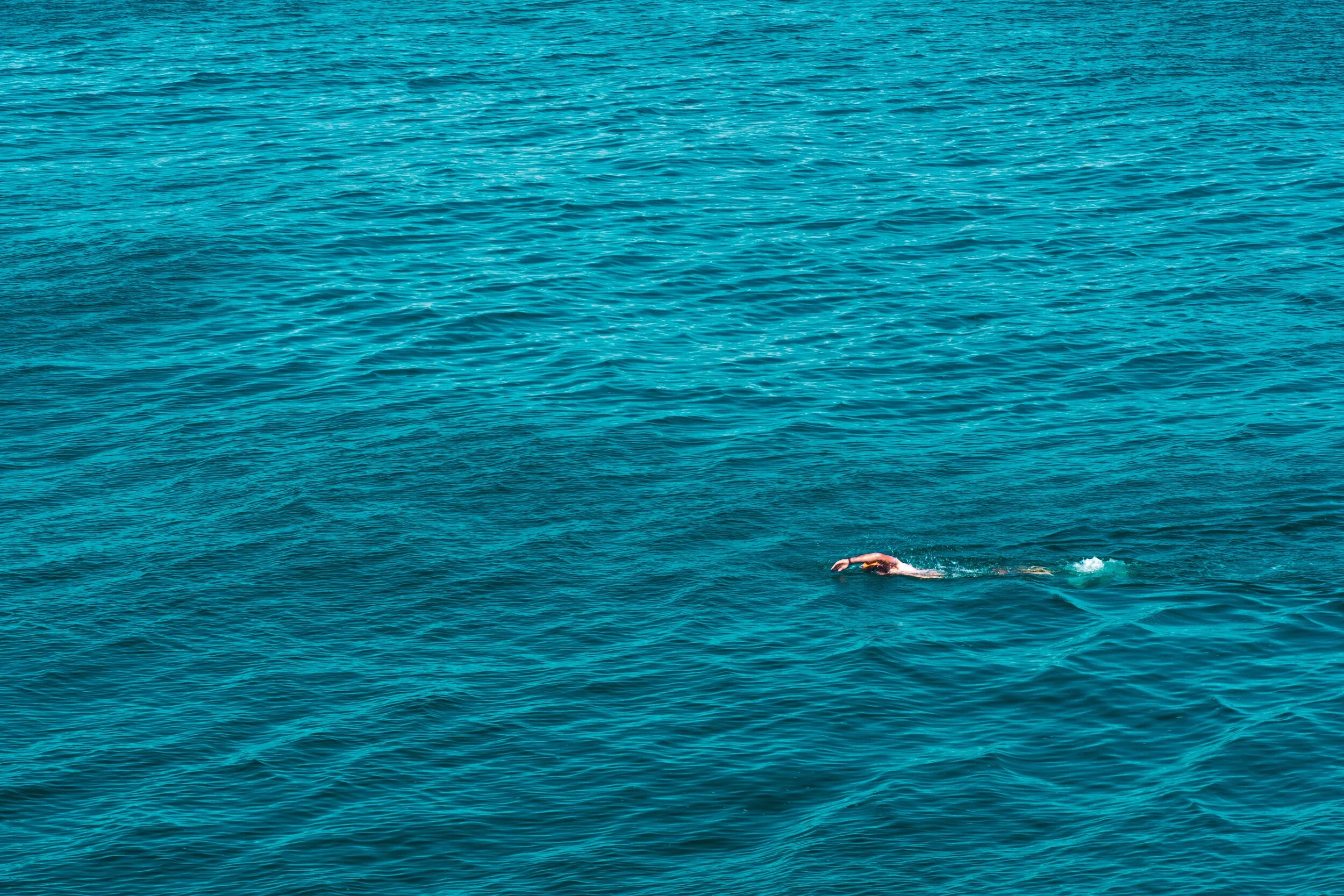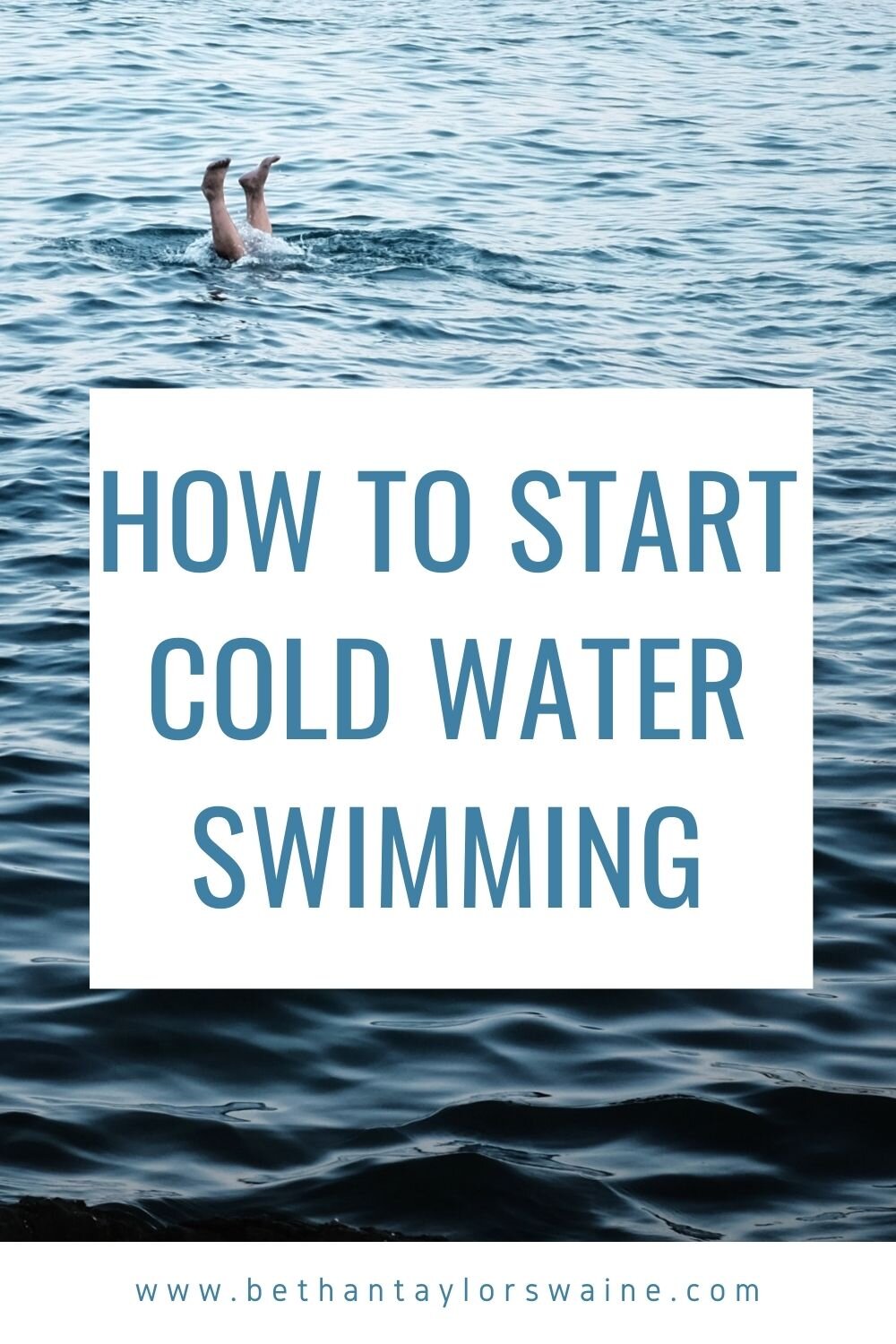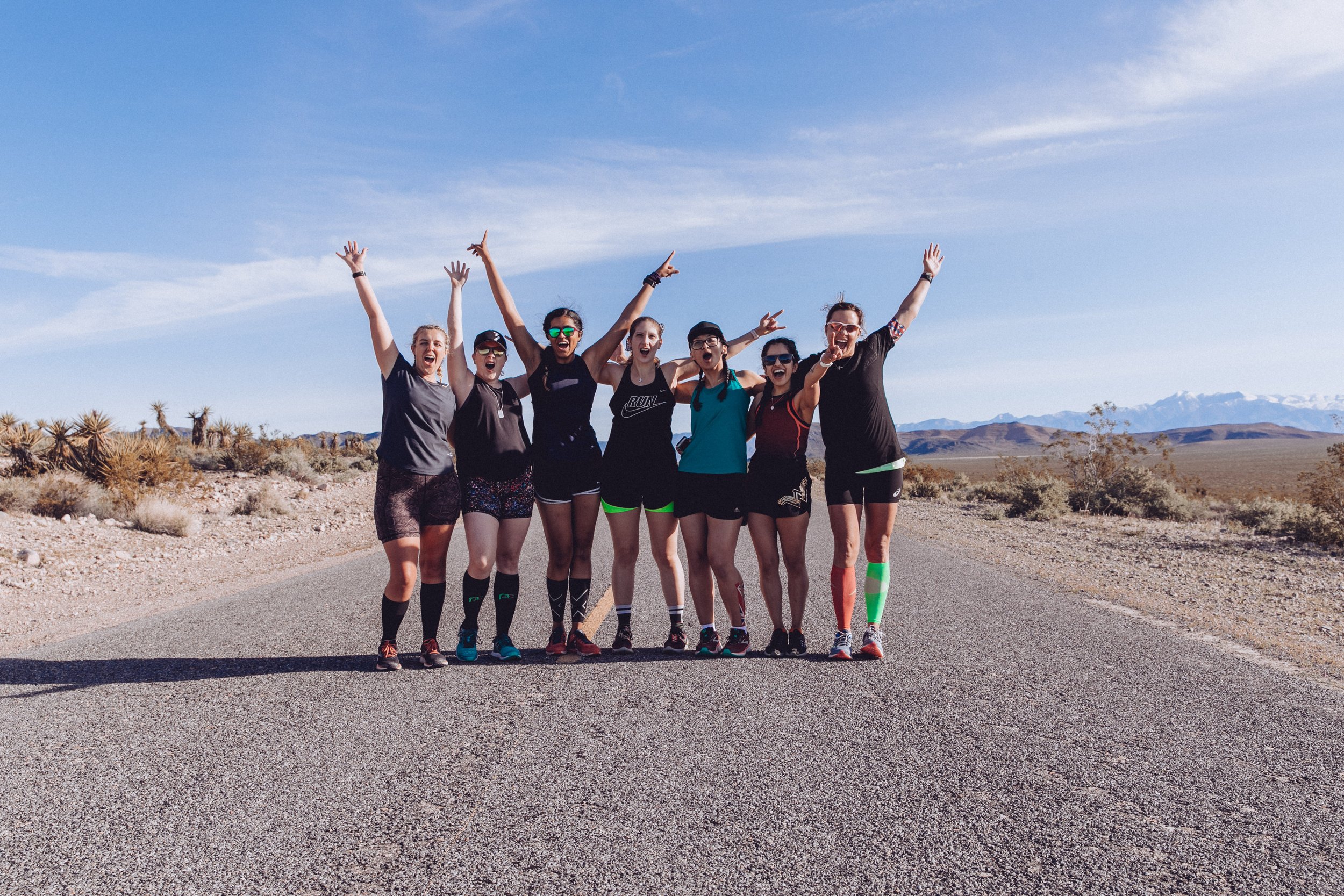How To Start Cold Water Swimming
Since sharing my love for cold water swimming I’ve had a few people tell me that they’d like to give it a go but the thought of getting into cold water scares them. I get it, before I tried cold water swimming the idea of plunging into cold water was not at all appealing! It’s a totally normal response, cold water is associated with discomfort and danger, but approached carefully it can be life changing (check out the benefits of cold water swimming for depression here).
So how do you go from thinking ‘that sounds great but I can’t stand the cold’ to jumping on in? I thought I’d share my top tips for how to start cold water swimming.
Photo by Sara Farnell on Unsplash
Mindset is Everything
Getting into cold water is all about mind over matter. If you’re scared or have hyped up how cold the water will feel and convinced yourself you’ll hate it it is going to be so much harder to take the plunge.
Flip The Narrative - sometimes the way to fight negative thoughts about an experience is to flip the narrative. Instead of telling yourself how cold the water is going to be flip the narrative to how fresh the water will feel.
Remind Yourself of Your Why - there has to be a reason why you want to try out cold water swimming, so when you’re feeling scared or nervous remind yourself of that why. Whether it’s curiosity or because you want to improve your wellbeing, remembering why you’re doing something can carry your through difficult moments.
Mind Over Matter - sometimes you just need to boss up and get on with the task in hand, and cold water swimming is one of those times. There aren’t many ways around the fact it is going to be cold and you just need to accept that and get on with it (with the help of the tips below).
Rope In a Friend
You’re much less likely to bail on your swimming adventures if you’ve got a friend to hold you accountable, hold your hand during those tentative first steps into the water and help keep you safe (never swim alone in open water!). Some of my favourite swims have been with friends and it’s an amazing way to build bonds through shared experiences. It’s also a great way to meet new people, community is a huge part of cold water swimming and there are groups all over the country that meet to swim together. Check out The Outdoor Swimming Society and Mental Health Swims for information on groups near you.
Photo by Jean Carlo Emer on Unsplash
Get The Right Kit
What kit you need depends on how cold the water is. At the moment I’m wearing a cossie and tend to forego a swimming cap (I think I have one somewhere…I can’t find it), but as the temperatures drop I’ll start layering up adding a rashguard and a cap before switching to a wetsuit in the winter.
If you’re swimming somewhere other than a pool a float is a good idea (some also have pockets where you can stash your stuff while you swim) and at some ponds they’re mandatory. You can find pretty reasonable ones for about twenty quid on Amazon.
After a cold swim you’re going to want to warm up gradually so make sure you pack a hat and socks to slip on to keep your extremities warm and a warm drink to enjoy while you finish getting dressed in something nice and cosy.
Take It Slow
Now isn’t the time to show off! When it comes to cold water you really don’t need to spend ages in the water to see the benefits, studies on cold water immersion suggests there’s not a great deal of benefit to staying in the water for more than two minutes (although if you’re comfortable and happy you can definitely stay in the water longer - at the moment the pool where I swim is around 17 degrees Celcius at the moment and I’m normally in there for 10-15 minutes). Generally I find the first minute of so the hardest, but after a couple of lengths things get a lot easier.
Photo by Alejandra Ezquerro on Unsplash
Acclimatise
Even though it might be tempting to get things ‘over and done with’, now’s not the time to dive into the water. The sudden shock of jumping into water below 15 degrees Celcius can lead to involuntary hyperventilation and you could find yourself in difficulties, especially if you’re in deep water. Instead take the time to acclimatise. Adam Walker, realbuzz’s swimming expert, suggests that the best way to do this is “by doing small frequent dips you will soon find how much easier and longer you can comfortably swim each time and you will feel more confident too.”
He adds, “on entering the water, I recommend wetting the face and back of your neck, which will prime the body for entry as these are sensitive parts of the body. As you immerse yourself up to your shoulders, I suggest exhaling on entry as the ribcage contracts it will make it easier to get a second breath without gasping, particularly if it is very cold.”
Breathe
However mentally prepared we are, getting into cold water puts our bodies under stress - it’s one of the reasons that it can be so beneficial for our wellbeing as its a tool that can help us learn to manage stress more effectively. Submerging yourself in cold water creates a stress reaction similar to the one you experience when you’re in a scary situation, in response to this stress the body releases cortisol and cases both your breathing rate and heart rate to increase and the body’s fight of flight mechanism to kick in, at first this might make you want to leap out of the water but over time the stress reaction will reduce as you adjust to the temperature.
Using your breath is a great way to manage the stress reaction as you get into the water. Long, slow breaths in and out through your nose help you control your breathing rate, calm your nerves and keep you focused while your body acclimatises to the cold.
Know When Enough Is Enough
I once heard someone say that you should get out of the water before it stops being fun, and it’s something I really agree with. It’s bad for your body and your mind to keep pushing on until you’re cold and miserable (or worse get hypothermia). It’s also not necessarily any more beneficial to stay in the water longer - most studies on cold water immersion are based on two minutes and suggest there’s no real benefits to staying in the water longer.
In my experience the first minute or so is the worst, after that you start to get used to the water and things gradually become more enjoyable, and I remind myself of this as I get in the water. As I swim my laps I check in with myself regularly and ask myself how much more I have in me, if I start to feel cold I know it’s time to call it a day.
If you’re swimming in low temperatures make sure you keep an eye out for the first symptoms of hypothermia - chattering teeth and shaking - and if you spot them get out of the water and warm up.
Find out more about how to swim safely in cold water here.













